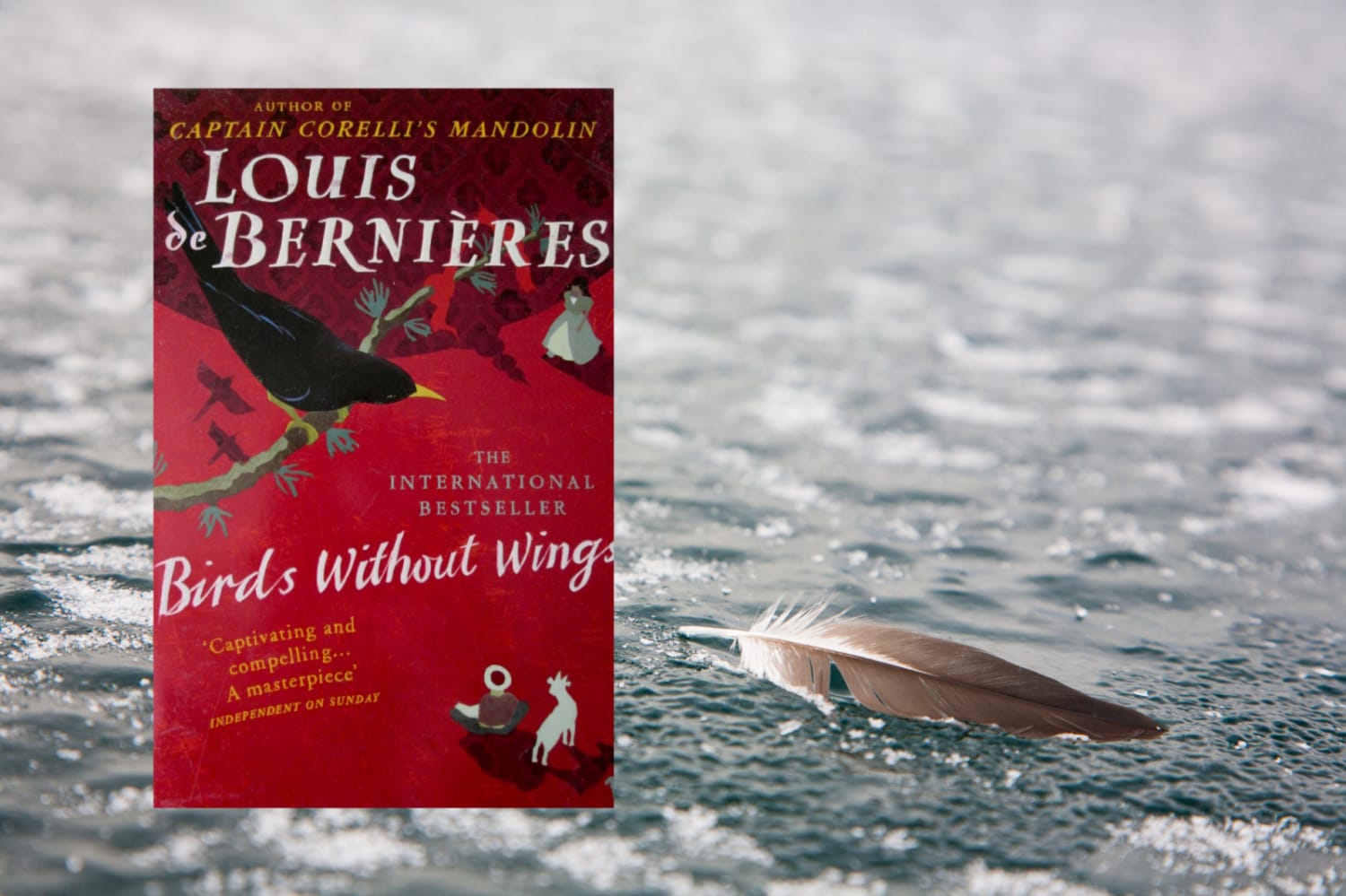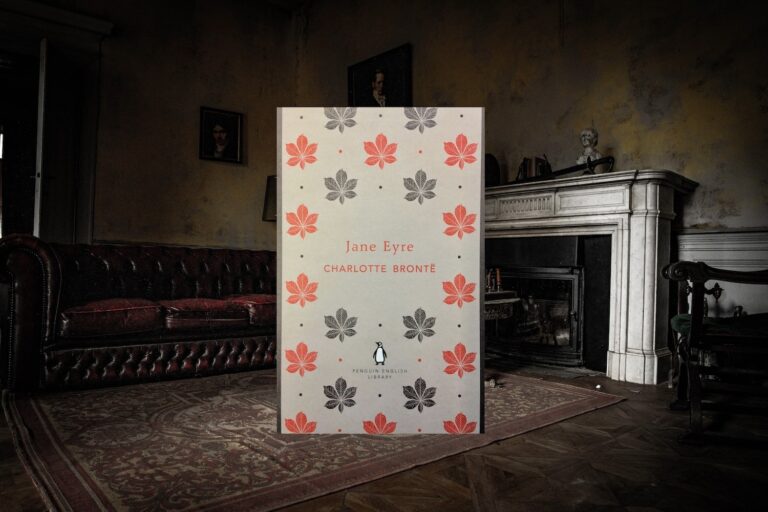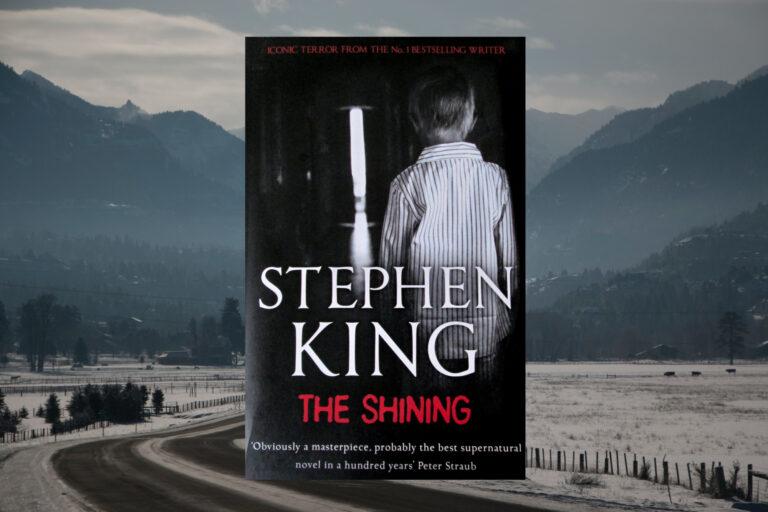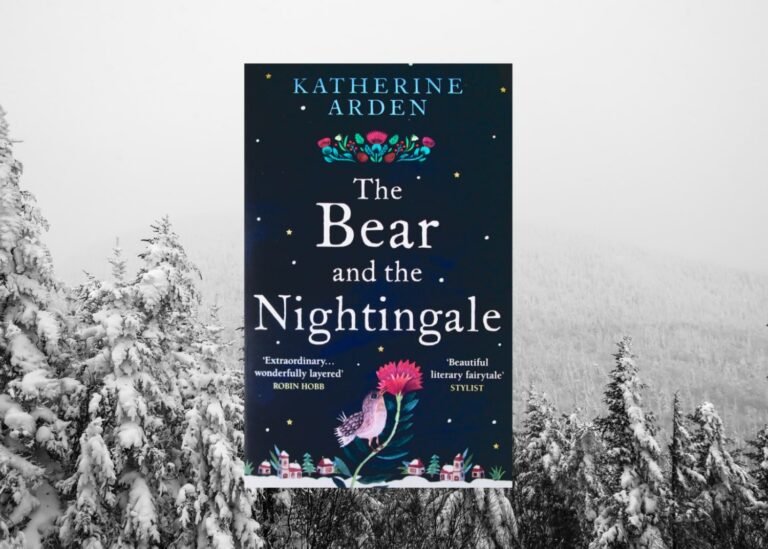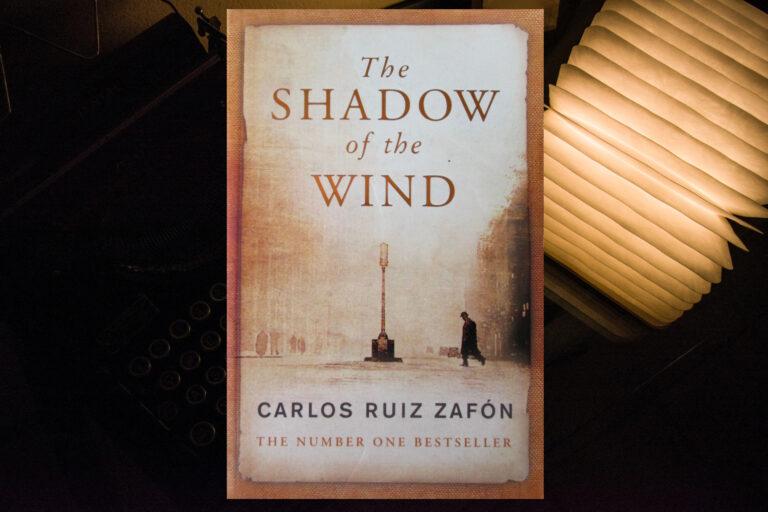I first entered the mesmerising narratives of Louis de Bernières’ work through ‘Captain Corelli’s Mandolin’, just as many have previously done – often due to it being a prerequisite in English Literature, and a justifiable one at that. Hooked on de Bernières style of writing, his novel Birds Without Wings doesn’t fail to enthral; the characters are rich, complex and like the nature that surrounds them; beguiling, unruly and tumultuous – with later conflicts both within and far outside their community. It’s literature at its finest and one that has stayed with me for years.
Set in Eskibahce on the south coast of Anatolia (later known as Turkey), the town is idyllic; people are neighbourly and the differences between them such as ethnicity and religion are more than just accepted; with cross-overs in celebrations and prayers, etc. In truth there is a real sense of a shared community, not to mention the scenery is full of bright sunshine-filled days. In one scene the father of our protagonist Philothei, who is a Christian and engaged to Ibrahim who’s a Muslim, says of the difference “She will be a Christian Muslim” to which the Imam ‘…paused, smiling to himself, because this was a theoretical impossibility that was daily experienced as a practical reality…’ But such is the seeming harmony of the town.
It’s these two lovers, Philothei and Ibrahim, who form a good part of the plot’s storyline, alongside the battles of a coming and then lived in war, with both sides described of wrong-doings, kind-acts and people wishing it could be as it once was.
The narrative of Birds Without Wings is told from several character’s viewpoints – the chapters switching between them, and in this you could argue it gives a more rounded view of the changing Ottoman Empire, despite the town’s eccentricities or perhaps in view of them. However, it’s clear de Bernières is telling a similar tale to his other work; the strength of acceptance, the repercussions of conflict – caused by those far removed from the villages and towns they affect, and how people can be swayed into finger pointing (at best) based on differences such as religion and a distorted view of nationalism. There’s also those that buck the trend and have the strength not to be affected by such things, but remember the years of serenity that were lived together. In Birds Without Wings there is also an inclusion of Mustafa Kemal’s journey – the man who would become a founding figure of Turkey. It could be argued that the addition of almost biographical chapters, jostles with the fictional accounts of others, but in fact it adds to the realism of de Bernières context – to the town of Eskibahce, and the effect of the changing Ottoman Empire on its inhabitants.
The details in the book are exquisitely filled and it’s easy to imagine the characters in their related scenery; in particular mistress Leyla Hamm and her luxuries – her fabrics and sweets almost within touching distance, a line beautifully summing her existence of “I’m not lazy, I’m just passionate about leisure.” In opposition to these tempting creature comforts, but equally well-described (though horrifying) is the description of someone drowning in a harbour, the character transmitting his last thoughts to the reader, the events that led to it, and the pain and struggle of dying. The prose effective in making the scene immersive and lingering long after.
Unsurprisingly the book is that of a tragedy, though it’s filled with many moments in-between that will make your heart warm and your spine tingle – making the ending all the more powerful. Also, it should be mentioned that though you don’t need to read ‘Captain Corelli’s Mandolin’, Birds Without Wings acts as a sort of prequel to it, and even provides the backstory of what happened to Drosoula – a woman whose story traverses both of them.
A continual theme in many of de Bernières’ works is that the reader learns something new, in Birds Without Wings it’s the ending of the Ottoman Empire as it had once been. Exploring the explicit forming of divisions; where before they had simply been recognised as existing, to then being used as a reason for ethnic cleansing, with thousands upon thousands expelled just because of differences in religion and ethnicity. The effect dividing communities, and once good-neighbours, who had shared land, language, and superstitions. In his detailed writings, Louis de Bernières creates characters you fall in love with, and as such form an attachment – leading you to have greater empathy and understanding of their pain; for what was, what could’ve been, versus what happened.
Other Notable Works by Louis de Bernières:
- The Autumn of the Ace 2020
- Blue Dog 2016
- Notwithstanding: Stories from an English Village 2009
- Captain Corelli’s Mandolin 1994
- Latin American Trilogy:
+ The Troublesome Offspring of Cardinal Guzman 1992 (3)
+ Señor Vivo & The Coca Lord 1991 (2)
+ War of Don Emmanuel’s Nether Parts 1990 (1)
Book Edition Information:
Publisher: Vintage
ISBN: 0099478986
Presented Edition: 2005 Paperback
Cover Illustration: Andy Bridge
Background image courtesy of Jasper Guy on Unsplash

